One of the most common problems with embroidery is the mess that it tends to create. But what can you do if you have a crafting project that needs an aesthetically-pleasing touch? You might be surprised by why hand embroidery can actually be very effective in giving your work an artistic flare! custom patches
Introduction
Hand embroidery is a popular form of needlework that can be used for many different purposes. It is traditionally used in art and craft, but it can also be used for everyday items like curtains and tablecloths.
There are many types of hand embroidery, including cross-stitch, back stitch, French knotting, and appliqué. Each type has its own unique techniques and benefits, so it’s important to know which one is best suited for the project you’re working on. Here are a few tips to get started with hand embroidery:
- Choose the right fabric. Embroidery on cotton or linen fabric can be done with a variety of stitches, but silk and other fabrics tend to respond better to French knotting techniques. If you’re using cotton or linen fabric, try a thread that matches the color of your fabric to make the stitching more subtle.
- Decide what you want your embroidery to look like. Once you’ve chosen the type of stitch you’ll be using and the fabric you’ll be using it on, it’s time to start designing your project!
History of hand embroidery and techniques
Hand embroidery is a centuries-old art form that can be traced back to China. The first embroidered pieces were used as decorative details on clothing, and later became popular as individual works of art. Today, hand embroidery remains an important part of many cultures around the world.
There are a number of different techniques that can be used in hand embroidery, including cross stitch, stranded embroidery, couching and appliqué. Each has its own unique benefits and challenges, and skilled practitioners can create stunning pieces using a variety of stitches and materials.
If you’re interested in trying out hand embroidery yourself, there are plenty of resources available online. You can find tutorials and videos that will teach you the basics, as well as more advanced techniques that you can use to create your own unique designs. Whether you’re a beginner or an experienced artist, there’s sure to be something here that interests you!
When is hand embroidery appropriate?
Hand embroidery is often used as a decorative art form, but it can also be used in a variety of crafts, including quilting and knitting. The possibilities are endless! Here are some guidelines to help you decide when hand embroidery is the right choice for your project:
– If your project requires precision or a delicate look, hand embroidery may not be the best option. With computerized machine embroidery, you can achieve high quality results quickly and easily.
– If you have an artistic flair and want to add some extra personality to your project, hand embroidery might be the perfect choice. You can create intricate designs that are sure to impress.
– If you’re short on time or don’t have any other options available, hand embroidery may be the best solution for you. With a little patience and practice, you can create beautiful stitches that look like they were done by a professional.
Types of embroidery stitches
Embroidery stitches come in many varieties, each with its own specific purposes. Here are four of the most common ones:
– Cross stitch: A cross stitch is a type of embroidery in which thread is passed through the back of the fabric and then through the front, making an X shape. Cross stitching is sometimes used to create borders or other designs on fabric.
– Back stitch: Back stitching is a type of embroidery in which thread is pulled through two holes placed at opposing ends of a piece of fabric. This creates a decorative line on the fabric.
– French knot: French knots are similar to back stitches, but they use a different kind of needle and are usually used for smaller details, such as edging or lace.
– Pursuit stitch: Pursuit stitches are used to create outlines or other designs that have a curved or textured look. They’re often used to add detail to fabrics that don’t have a lot of raised areas, like lace or sequins.
Decorative stitches
Embroidery is an ancient form of craftsmanship that has been used to create beautiful pieces of art and decorative items for centuries. Today, embroidery is still a popular medium for creating art, and there are many different stitches available to artists and crafters. Here are a few examples of decorative stitches that can be used in hand embroidery:
Running Stitch: This stitch is used to create Running Stitches (also called Running Cross Stitch). To do this stitch, you first cross the thread over the needle once, then cross the thread back over the needle again.
Back Stitch: Back Stitch is used to attach threads at the back of a piece of fabric. To do this stitch, you bring the thread up behind the work, cross it over the work, and then bring it down behind the work.
French Knot: French Knot is a knot that can be used to add detail to your stitching. To make a French Knot, take a piece of thread about 2 inches long and tie it into a loop. Make sure that the loop is on top of the work. Then make a small loop with the other end of the thread, place it over the top of the first




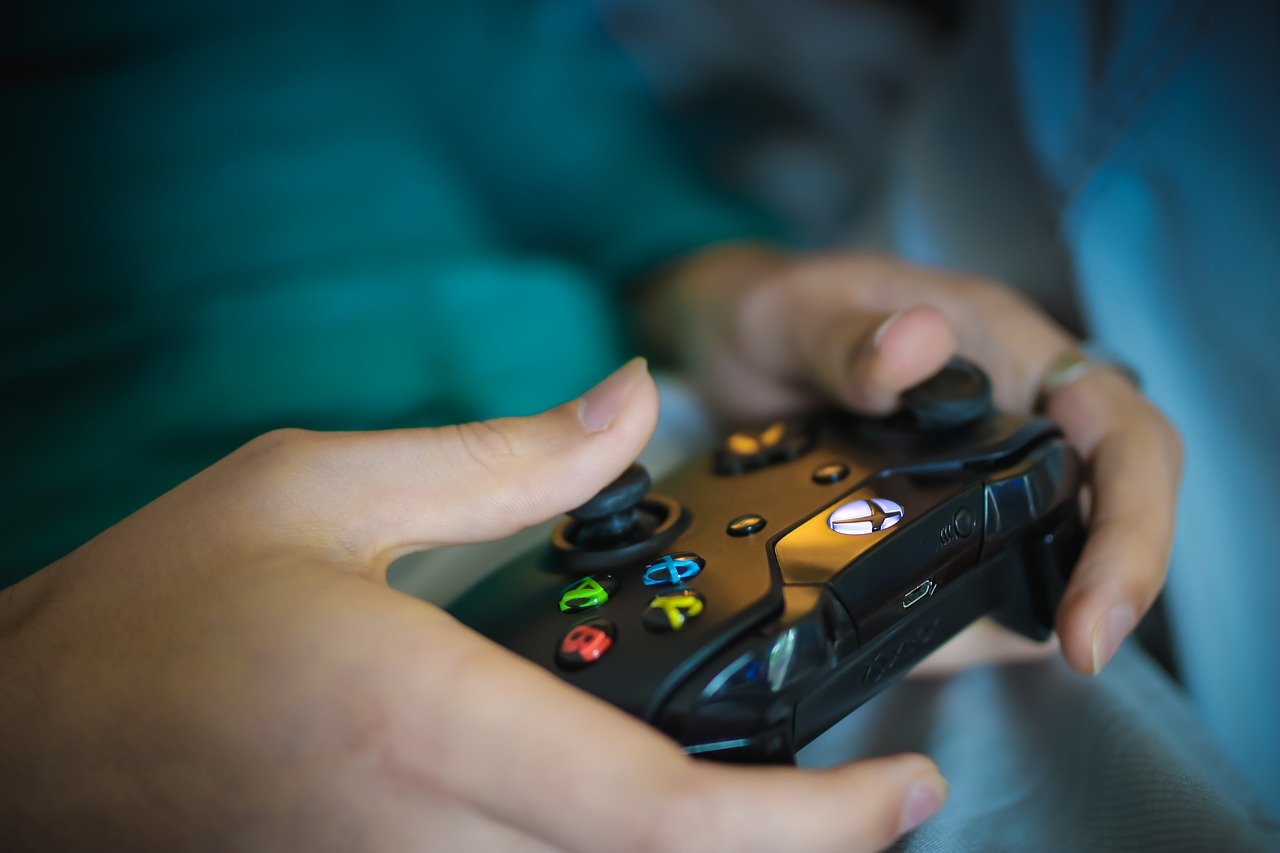
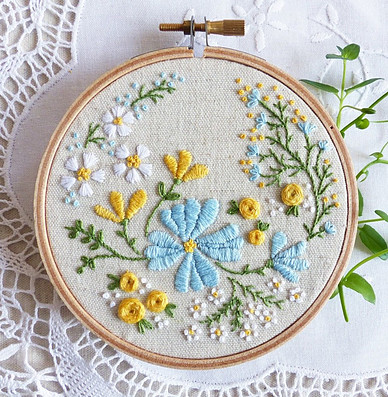
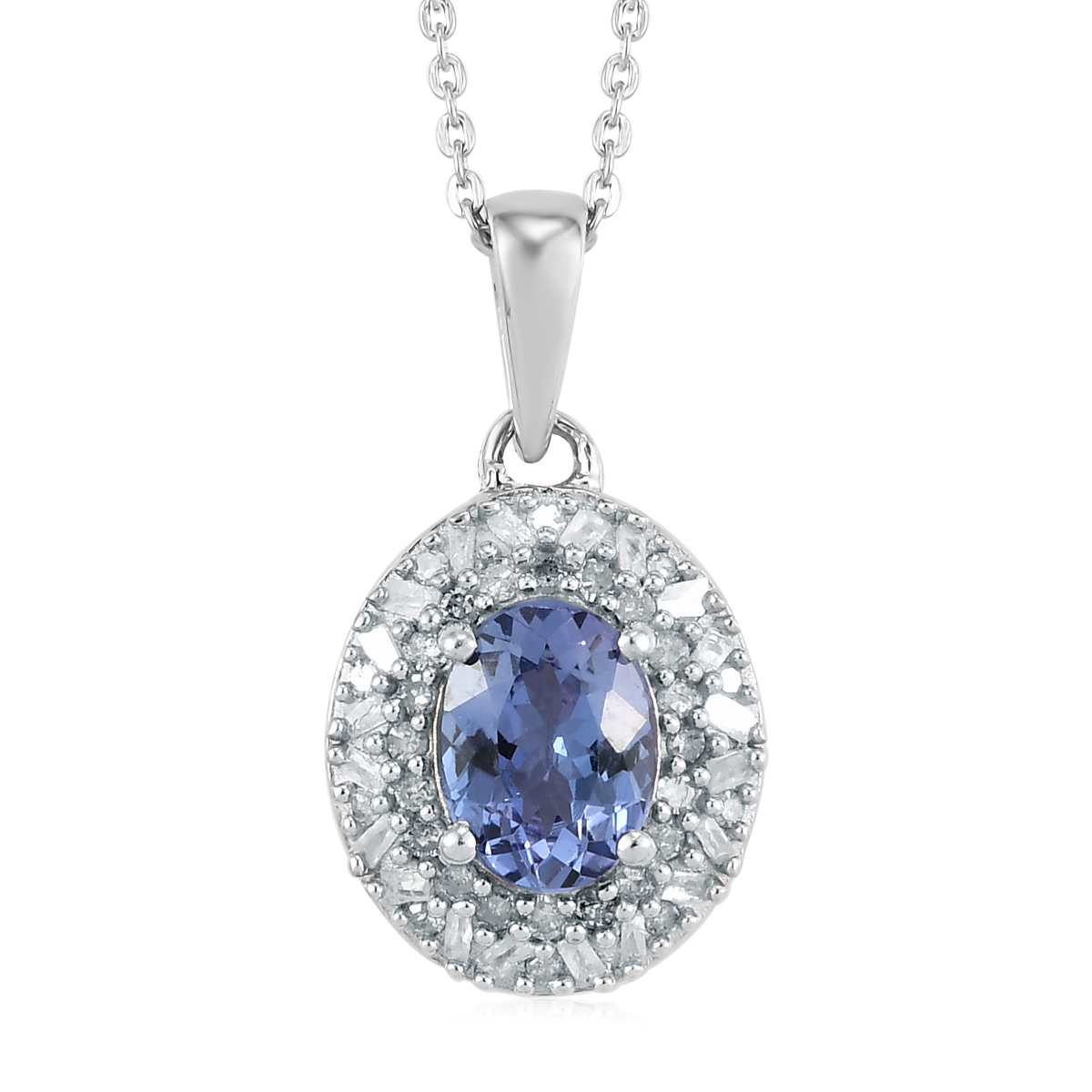


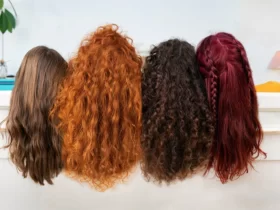
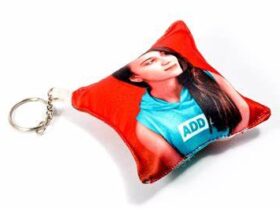
Leave a Reply